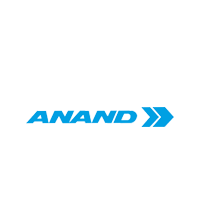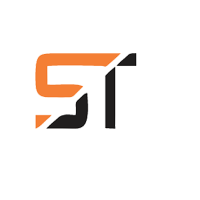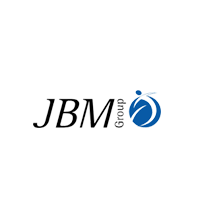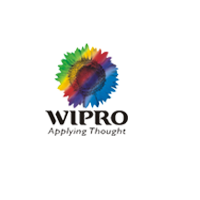The 8051 microcontroller device
Facts and skills are taken apart throughout this training is helpful in the development of scroll message display, remote control applications, measuring devices, robotics, and many others.
8051 µC training path is intended to appreciate the difficulty of scheming in entrenched systems and give explanation of 8051 microcontroller in factor. Students will increase indulgent on the architecture, flag diagram, and addressing modes of 8051. Dissimilar forms of interfaces probable by 8051 are furthermore sheltered in the course core curriculum.
After completion of the course you will be able to:
- be aware of and work on Embedded C
- Understand unusual sensors categories
- Understand the embedded systems in whole details covering its need, classification on in cooperation hardware and programming language level
- be familiar with the register and memory of AT89C51
- discriminate between the microprocessor and the microcontroller
- comprehend programming of timer and counter, serial communication, and interrupts
- explicate 8051 architectures along with its addressing modes and other interfacing system
Recommended to:
- Working professionals in embedded and electronics industry
- Industrial students of 3rd & 4th year (Electronics & Electrical, Electronics & Communication, Electronics & Telecommunication)
Requirements:
Knowledge of electronics fundamentals and programming skills are the prerequisite for this training.
Course Syllabus
Overview of Architecture of 8051:
- Processor Core and Functional Block Diagram
- Description of memory organization
- Overview of ALL SFR’s and their basic functionality
Low Level programming Concepts:
- Addressing Modes
- Instruction Set and Assembly Language programming(ALP)
- Developing, Building, and Debugging ALP’s
Middle Level Programming Concepts:
- Cross Compiler
- Embedded C language implementation, programming & debugging
- Differences from ANSI-C
- Memory Models
- Library reference
- Use of #prama directive
- Functions, Parameter passing and return types
On-Chip Peripherals Study, Programming and Application:
- Ports: Input/output
- Timers & Counters
- UART
- Interrupts
External Interfaces Study, Programming and Applications:
- LEDS
- Switches(Momentary type, Toggle type)
- Seven Segment Display: (Normal mode, BCD mode,Internal Multiplexing & External Multiplexing)
- LCD (8bit, 4bit, Busy flag, custom character generation)
- Keypad Matrix
Protocols Study, Programming and Applications :
- I2C (EEPROM and RTC)
- SPI (EEPROM)
- I Wire(Sensor)
- Infrared Communication(RC5 protocol)
Selective Discussion during Project Development
- A/D & D/A Converter
- Stepper Motor, DC Motor
- RF Communication
- RFID
- CAN
- ZIGBEE
- GSM/GPS
- USB
- MMC & SD
- Ethernet MAC
Course Information
- Class Start: Every Monday, Wednesday & Friday
- Course Duration: 60 hours(40 hours for Software Training & 20 hours for Project Handling)
- Student Capacity: 8-12 students per batch
- Certification: For Software Training(1) & For Project Handling(1)
-
Course Benefits Include:
- Industrial Visit
- Tool Kit
- Lifelong Support
- Placement Guaranteed
- Project Handling
- Resume Writing
- Moneyback Guaranteed








